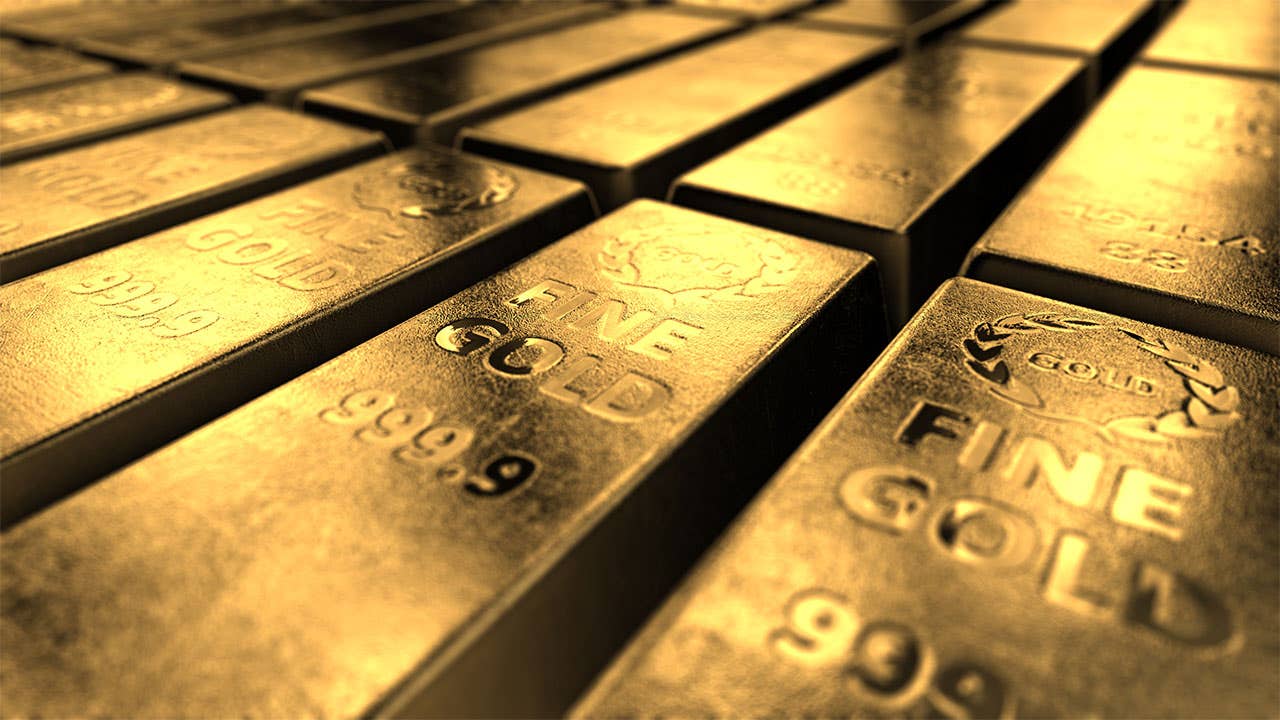This website is for informative and home entertainment purposes, and need to not be construed as personal financial investment suggestions. Please look for a certified financial organizer if you need advice tailored to your distinct circumstance. Rather of running advertisements on this site, I receive affiliate commissions for suggesting specific service or products.
Gold and silver have actually been acknowledged as important metals and have actually been coveted for a long period of time. Even today, rare-earth elements have their place in a smart investor's portfolio. However which rare-earth element is best for investment purposes? And why are they so volatile? There are lots of methods to buy into rare-earth elements like gold, silver, and platinum, and a host of excellent reasons you need to offer in to the witch hunt.
Secret Takeaways Precious metals are thought to be an excellent portfolio diversifier and hedge versus inflation - however gold, perhaps the most widely known such metal, is not the only one out there for financiers. Silver, platinum, and palladium are all commodities that can be contributed to your rare-earth elements portfolio, and each has its own unique threats and chances.
Gold We'll begin with the grand-daddy of them all: gold. Gold is unique for its durability (it does not rust or corrode), malleability, and capability to carry out both heat and electrical energy. It has some industrial applications in dentistry and electronic devices, but we understand it principally as a base for jewelry and as a kind of currency.

This is since the brand-new mine supply is greatly outweighed by the large size of above-ground, hoarded gold. To put it just, when hoarders feel like selling, the rate drops.
Inflation: When real rates of return in the equity, bond, or genuine estate markets are negative, people regularly flock to gold as a possession that will maintain its worth. War or political crises: War and political turmoil have constantly sent people into a gold-hoarding mode. An entire life time's worth of cost savings can be made portable and stored until it needs to be traded for foods, shelter, or safe passage to a less dangerous destination.